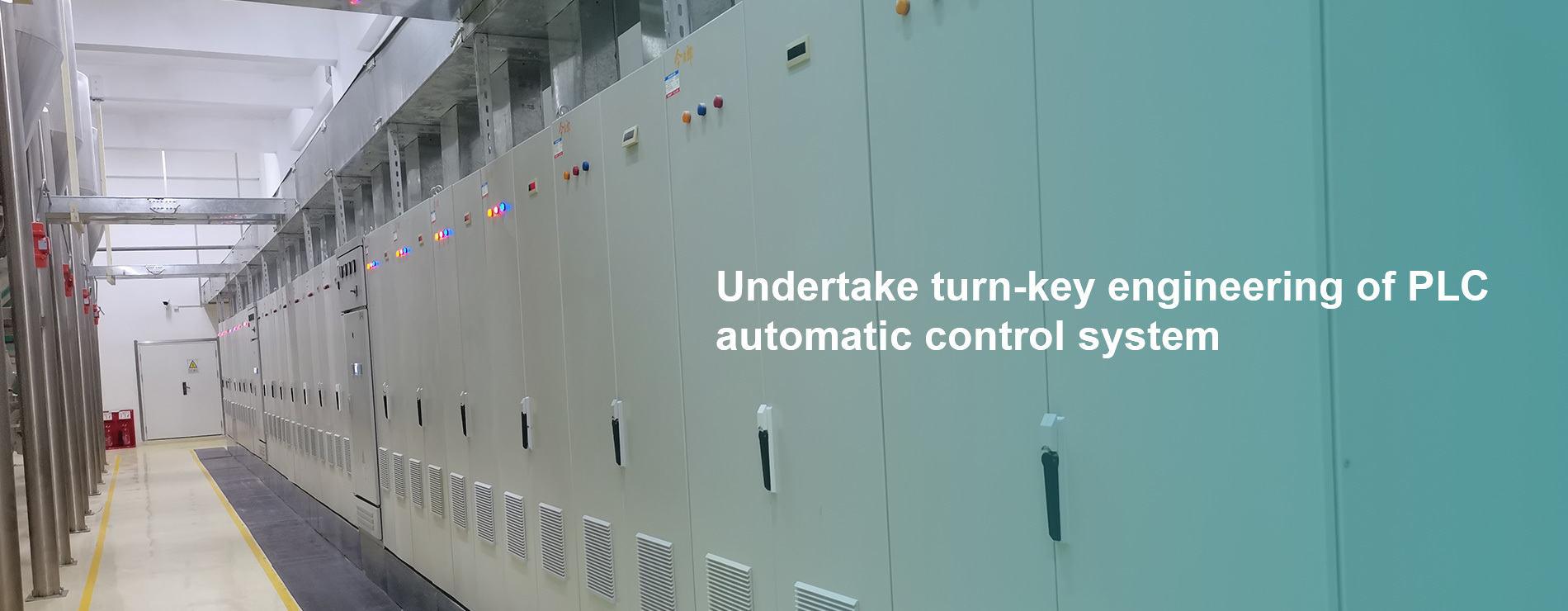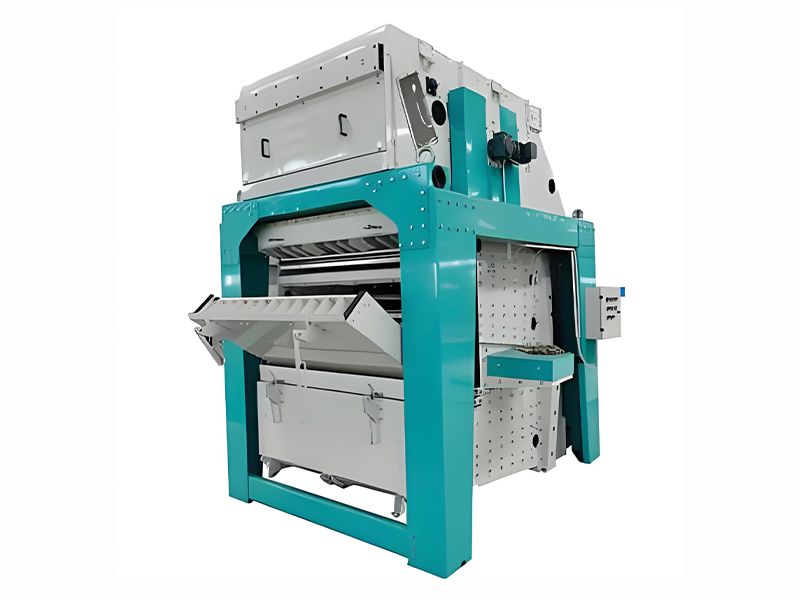Recent Posts
Optimizing Your Powder Conveying System in Agricultural Machinery
Release time:
Aug 15,2025
In the agricultural machinery industry, powder conveying systems play a crucial role in ensuring the smooth and efficient transfer of powdered materials, such as fertilizers, animal feed, and other bulk products. These systems provide an essential link in the supply chain, facilitating the movement of materials from one point to another without compromising the product's integrity or quality. Unde
In the agricultural machinery industry, powder conveying systems play a crucial role in ensuring the smooth and efficient transfer of powdered materials, such as fertilizers, animal feed, and other bulk products. These systems provide an essential link in the supply chain, facilitating the movement of materials from one point to another without compromising the product's integrity or quality. Understanding the fundamentals of powder conveying systems can significantly enhance operational efficiency and productivity in your agricultural operations.
A powder conveying system typically consists of several key components: hoppers, conveying lines, and discharge units. Hoppers feed the powdered material, ensuring a consistent supply to the conveying mechanism, which may use pneumatic, mechanical, or gravity-based methods to transport the material. By selecting the most suitable conveying method, you can optimize performance based on factors such as distance, elevation, and type of powder.
When designing a powder conveying system, it is crucial to consider the properties of the powders being handled. Factors such as particle size, density, and moisture content can influence the choice of conveying technology. For instance, fine powders may require a different approach compared to coarse materials. Moreover, understanding the flow characteristics of your powders will aid in determining the appropriate equipment specifications, thereby minimizing blockages and ensuring continuous operation.
Another important aspect to consider is the system's maintenance and cleanliness. Regular inspections and maintenance help in identifying potential issues before they escalate into significant problems, ensuring the longevity of the equipment. Implementing a routine cleaning schedule is equally important, as residual powders can lead to contamination and affect product quality. Utilizing food-grade materials and adhering to hygiene standards during the design and operation of the system can further enhance safety and compliance.
Efficiency is a core concern in any agricultural production process. To optimize your powder conveying system, consider incorporating automation technologies such as sensors and controls that can monitor flow rates and adjust operations accordingly. This not only improves efficiency but also reduces labor costs and minimizes human error. Additionally, using advanced software for system design can aid in visualizing and simulating performance, allowing for more informed decision-making.
In conclusion, a well-designed powder conveying system is vital for enhancing productivity in the agricultural machinery sector. By focusing on the specific needs of your operation, considering the properties of the materials, and implementing effective maintenance practices, you can ensure that your powder conveying system operates at peak efficiency. This attention to detail will ultimately contribute to the overall success of your agricultural business, providing a solid foundation for growth and sustainability.
A powder conveying system typically consists of several key components: hoppers, conveying lines, and discharge units. Hoppers feed the powdered material, ensuring a consistent supply to the conveying mechanism, which may use pneumatic, mechanical, or gravity-based methods to transport the material. By selecting the most suitable conveying method, you can optimize performance based on factors such as distance, elevation, and type of powder.
When designing a powder conveying system, it is crucial to consider the properties of the powders being handled. Factors such as particle size, density, and moisture content can influence the choice of conveying technology. For instance, fine powders may require a different approach compared to coarse materials. Moreover, understanding the flow characteristics of your powders will aid in determining the appropriate equipment specifications, thereby minimizing blockages and ensuring continuous operation.
Another important aspect to consider is the system's maintenance and cleanliness. Regular inspections and maintenance help in identifying potential issues before they escalate into significant problems, ensuring the longevity of the equipment. Implementing a routine cleaning schedule is equally important, as residual powders can lead to contamination and affect product quality. Utilizing food-grade materials and adhering to hygiene standards during the design and operation of the system can further enhance safety and compliance.
Efficiency is a core concern in any agricultural production process. To optimize your powder conveying system, consider incorporating automation technologies such as sensors and controls that can monitor flow rates and adjust operations accordingly. This not only improves efficiency but also reduces labor costs and minimizes human error. Additionally, using advanced software for system design can aid in visualizing and simulating performance, allowing for more informed decision-making.
In conclusion, a well-designed powder conveying system is vital for enhancing productivity in the agricultural machinery sector. By focusing on the specific needs of your operation, considering the properties of the materials, and implementing effective maintenance practices, you can ensure that your powder conveying system operates at peak efficiency. This attention to detail will ultimately contribute to the overall success of your agricultural business, providing a solid foundation for growth and sustainability.
keywords
Previous Page:
Previous Page:

HOW CAN WE HELP ?
Get In Touch With Us!
Contact Information
Fax: +86-371-23227333
E-mail: global@aomgmach.com
Production base: Zongdian Industrial Zone, Qi County, Kaifeng City
Business license




